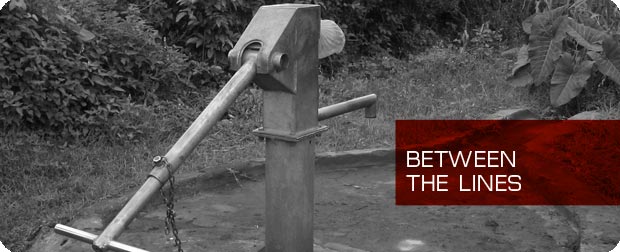While planning the ISL component of your course–in which the students worked in an under-resourced and predominantly rural, land-locked country –you make sure to include a comprehensive post-engagement reflective process once back in the classroom. You set up a reflection assignment in which the students stay connected with a “counterpart” from the partner community organization. To complete the reflection, each student must follow-up with their counterpart to obtain further data about the project, conduct interviews, and continue reflective dialogue. This way, the students will not just disappear from the community’s life and as a teacher you can be assured that there will be a culturally competent, critical component to the final reflection.
The reflective assignment is worth 30% of the overall grade for the course. The students are unable to complete the assignment because there is a power outage in the partner community during the final week of your course on campus. Two students are able to continue to interact with their counterparts because their counterparts have computers at home and are, in general, much wealthier than the other counterparts.
Sustainability
- What role did the community partner have in initiating or creating the post-engagement reflective process? How does this fit into their priorities versus your priorities as an educator with a need to evaluate?
Balance & Reciprocity
- What is the cost and time for the counterpart?
- What makes this connection guarantee a culturally competent critical component for reflection?
